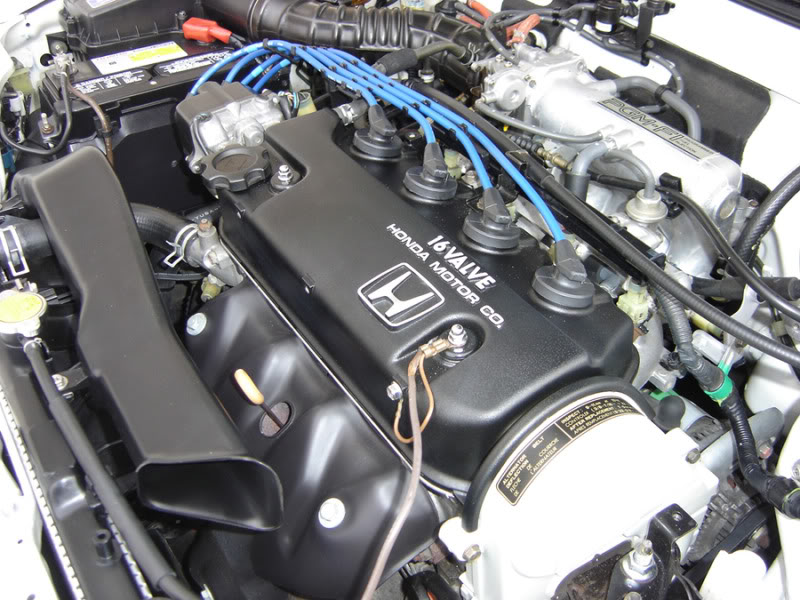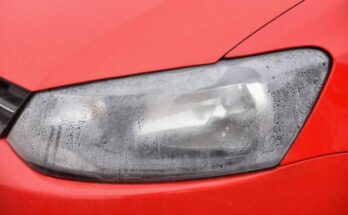A clean engine bay makes a used car look newer and better maintained. Some engine cleaning services claim that a clean engine even runs a little cooler because the gunk formed by dirt, oil and grease seals in some heat. Appearances aside, does an engine that sparkles like new, run any better than one that’s grimy from normal use? Probably not.
Why it is good to keep the engine bay clean?
Though it is true that oily, greasy dirt that accumulates on an engine can trap some heat, it’s doubtful it would be enough to cause an engine to overheat or even run hotter than normal. If an engine overheats, the probable cause is more likely in the cooling system, or because the vehicle is towing or carrying too much weight or some other issue unrelated to the cleanliness of the engine bay.
However, there are benefits to cleaning a dirty engine. First, it can help determine where oil or grease is coming from, such as a leaky valve-cover gasket, so that a small problem can be isolated and repaired before it becomes a bigger one. In addition, because oil and grease can accelerate the wear of rubber hoses and plastic parts, cleaning off the gunk may save on repairs. And if you’re the type who likes to do some minor maintenance, such as checking the oil level or accessory belts, a clean engine means your hands and clothes are less likely to get dirty.

Many mechanics and detail shops recommend using a degreaser and tools such as a vacuum with a small nozzle, compressed air or a toothbrush to get at hard-to-reach spots. Those are preferable instead of blasting an engine with a high-pressure hose or steam cleaning an engine, because moisture can damage electrical parts.
Degreasing the engine bay…
It’s good practice to degrease the engine bay of your car, every six months at a minimum and preferably every three months to keep the build-up of grime to a minimum. Here are a few things to remember should you plan to get your engine degreased.
Use kerosene to degrease the engine bay..
An effective and economical way to degrease the engine bay is using kerosene which is strong enough to dislodge dirt, grease and grime but mild enough that it won’t damage the components of your engine bay, whether metal or plastic. Kerosene is economical as well.
Don’t use harsh degreasers to clean the engine bay…
Be very wary about using stronger, purpose-built degreasers on your engine bay. These are available from automotive parts shops and are effective at cleaning oil stains off of concrete floors. Even purpose-built degreasers which have statements on their containers that they’re safe to use on engine bays may very well not be safe to use on engine bays.
When used on your engine bay, these stronger degreasers can easily react adversely with the metal coatings on the components inside your engine bay and ruin their appearance permanently. These stronger degreasers can also react with the painted surfaces of components of your engine bay such as the block of your engine or even the painted surface of the body of the vehicle surrounding the engine bay itself.
The cosmetic appeal of a clean engine will probably be the biggest payback. Most used cars are thoroughly detailed before being put up for sale, including many sold by private owners, so buyers who come to inspect have to see a clean engine bay. A dirty engine on a used car will hurt its appeal for sure.

A computer animation professional with over 23 years of industry experience having served in leading organizations, TV channels & production facilities in Pakistan. An avid car enthusiast and petrolhead with an affection to deliver quality content to help shape opinions. Formerly written for PakWheels as well as major publications including Dawn. Founder of CarSpiritPK.com






